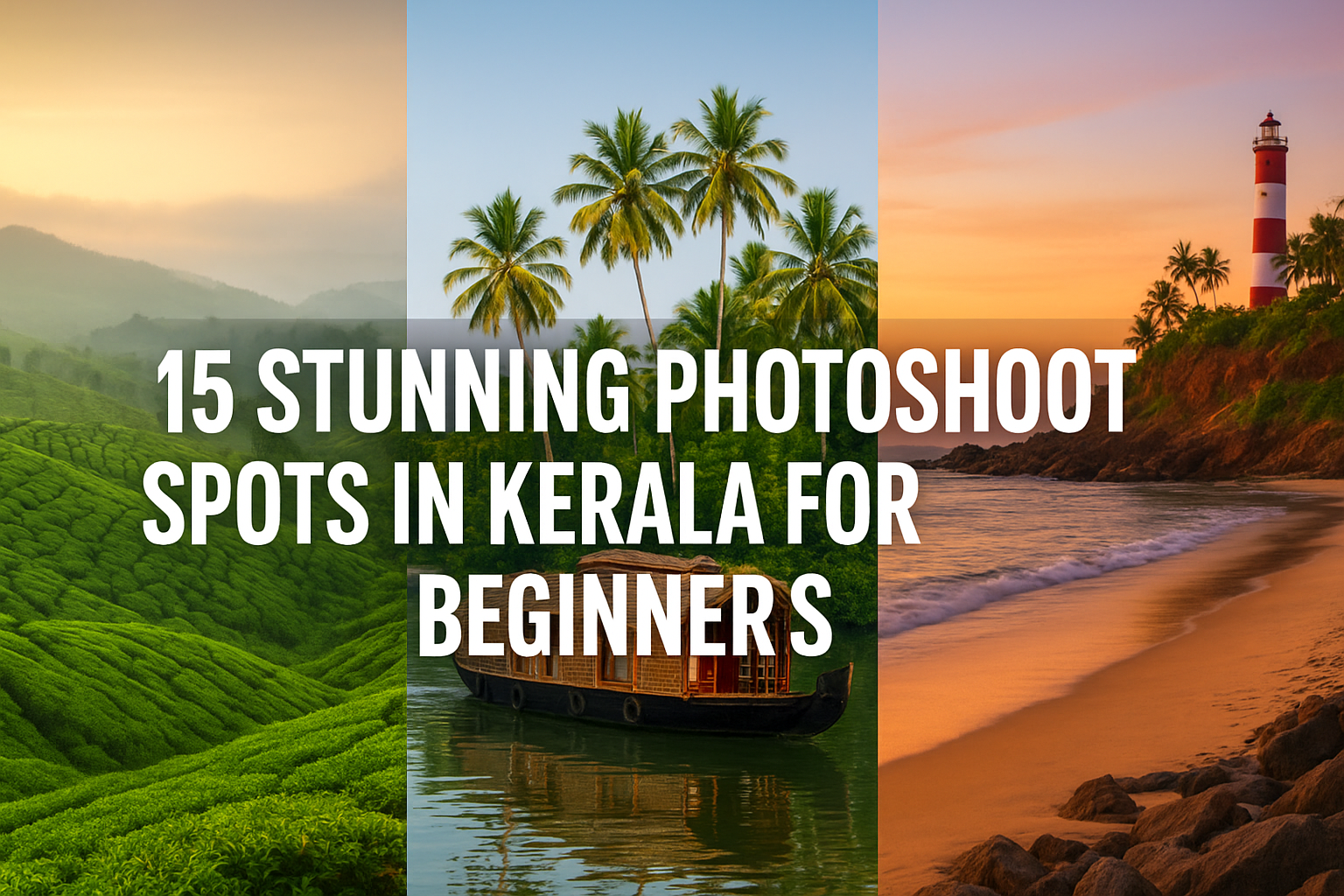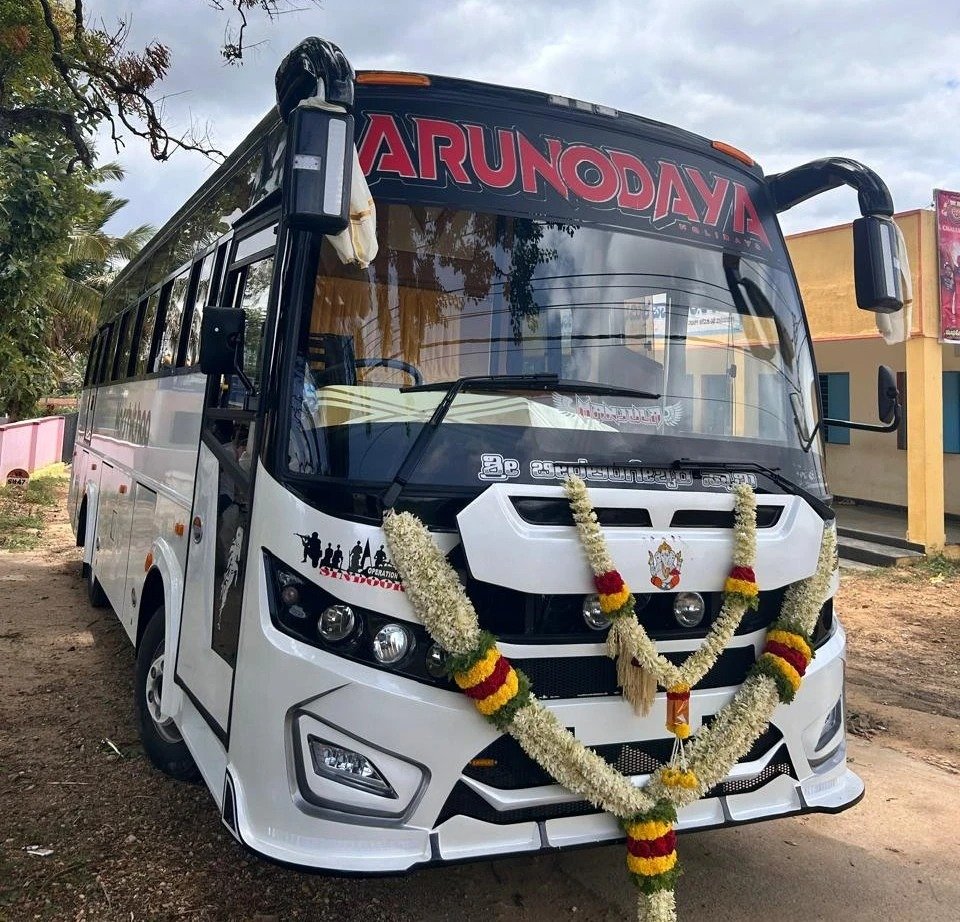Introduction
Kerala, renowned for its vibrant cultural heritage, is home to a plethora of traditional art forms and festivals. Among these, Thiruvathira stands out as a joyful and exuberant dance celebrated with enthusiasm during festivals. This traditional dance form, deeply rooted in Kerala’s cultural traditions, embodies the essence of community celebration and festive spirit. In this blog, we will delve into the enchanting world of Thiruvathira, exploring its significance, performance style, and how you can experience this lively dance during Kerala’s festivals.
What is Thiruvathira?
Thiruvathira is a traditional dance performed during the festival of Thiruvathira Nakshatra, which typically falls in the month of Dhanu (December-January). The festival is dedicated to the goddess Parvati and is celebrated with great fervor in Kerala. The dance form is characterized by its rhythmic movements, intricate hand gestures, and the joyous participation of women dressed in traditional attire. Thiruvathira is not only a dance but also a vibrant expression of devotion, community spirit, and cultural continuity.
Key Features of Thiruvathira
- Historical and Cultural Significance: Thiruvathira has its roots in ancient Kerala and is celebrated to honor the goddess Parvati. The dance is a blend of devotion and celebration, reflecting the rich cultural tapestry of the region. Traditionally, it is performed in temple courtyards and during local festivals, highlighting its significance in Kerala’s cultural calendar.
- Performance Style: The Thiruvathira dance is performed in a circular formation by a group of women who move in harmony to traditional music. The dance involves graceful hand movements, intricate footwork, and synchronized steps, all performed to the beats of traditional instruments like the ‘Chenda’ and ‘Idakka’. The repetitive nature of the dance creates a mesmerizing and rhythmic pattern that captures the essence of celebration.
- Costume and Attire: Participants in Thiruvathira wear traditional Kerala sarees, known as ‘Mundum Neriyathum’, which are often white with gold borders. The attire is complemented by traditional jewelry and elaborate hairstyles adorned with fresh flowers. The simplicity and elegance of the costume reflect the cultural authenticity of the dance.
- Music and Accompaniment: The dance is accompanied by traditional folk music played on instruments such as the ‘Chenda’, ‘Idakka’, and ‘Veena’. The music sets the rhythm and mood for the dance, enhancing the festive atmosphere. The songs typically revolve around devotional themes and folk tales, adding a spiritual dimension to the performance.
- Themes and Celebration: Thiruvathira is a celebration of devotion, community, and the feminine spirit. The dance often includes elements of storytelling and folklore, depicting the stories of the goddess Parvati and her divine attributes. The festival is marked by community gatherings, feasting, and cultural activities that bring people together.
Frequently Asked Questions About Thiruvathira
- What Makes Thiruvathira Unique Compared to Other Dance Forms?
Thiruvathira is unique due to its focus on community participation and its integration into religious celebrations. Unlike classical dance forms that may involve solo performances or intricate choreography, Thiruvathira emphasizes collective movement and unity. Its devotional aspect, combined with its vibrant, rhythmic style, makes it a distinctive part of Kerala’s cultural heritage.
- Where Can I Witness Thiruvathira Performances?
To witness Thiruvathira, you should visit Kerala during the festival season, particularly around the time of Thiruvathira Nakshatra. Major temples and local festivals throughout Kerala feature Thiruvathira performances. Some prominent festivals where you can see Thiruvathira include the Onam festival and various temple celebrations across the state.
- What Are the Key Elements of a Thiruvathira Dance Performance?
A Thiruvathira dance performance features a group of women dancing in a circular formation. Key elements include synchronized footwork, graceful hand movements, and rhythmic body movements. The dance is performed to traditional music and involves traditional attire, which adds to the overall visual appeal of the performance.
- How Long Does a Thiruvathira Performance Typically Last?
A Thiruvathira performance usually lasts for about 30 to 60 minutes. The duration can vary depending on the specific event or festival. The dance is often part of a larger cultural program that includes other festivities and rituals.
- Can Anyone Participate in Thiruvathira?
While Thiruvathira is traditionally performed by women, the dance is open to anyone who wishes to participate, provided they follow the cultural and ritualistic practices associated with it. Participants typically need to adhere to traditional attire and learn the basic steps and movements of the dance.
Conclusion
Thiruvathira is more than just a dance; it is a vibrant celebration of Kerala’s cultural and spiritual heritage. Its rhythmic movements, traditional music, and communal spirit create a festive atmosphere that embodies the essence of Kerala’s festivals. Whether you are a cultural enthusiast or a visitor to Kerala, experiencing Thiruvathira offers a unique opportunity to engage with one of the state’s most joyful and significant dance traditions. Don’t miss the chance to witness or participate in this enchanting dance form during your visit to Kerala—you’ll be immersed in a celebration that is both captivating and culturally enriching.
Read More Blogs – Koodiyattam , Ottamthullal , Mohiniyattam , Kathakali



